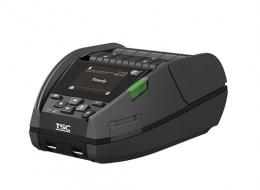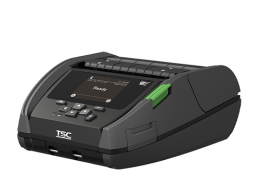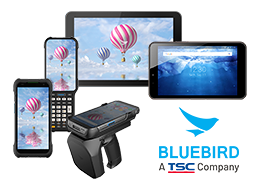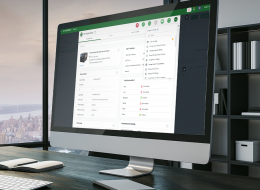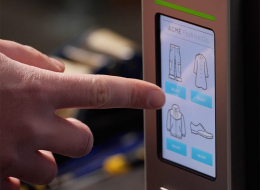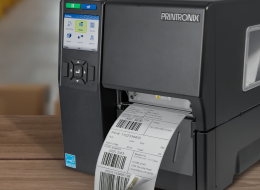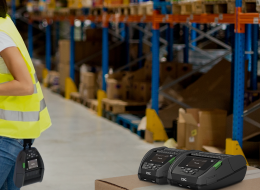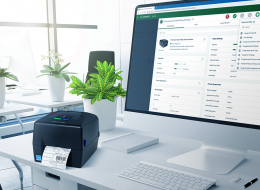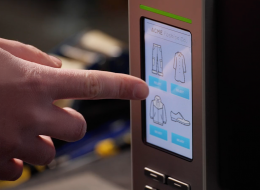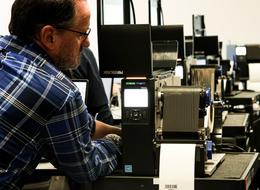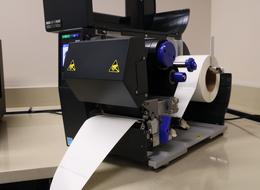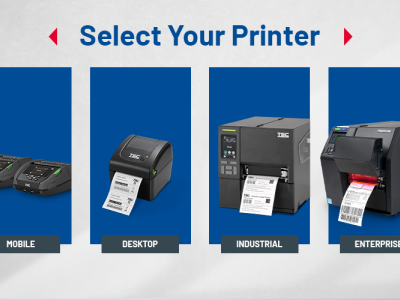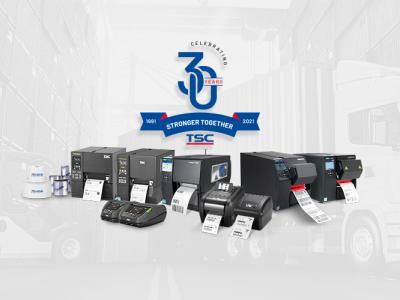5 Reasons Thermal Barcode Printers are Perfect for Printing PDF/PostScript Documents
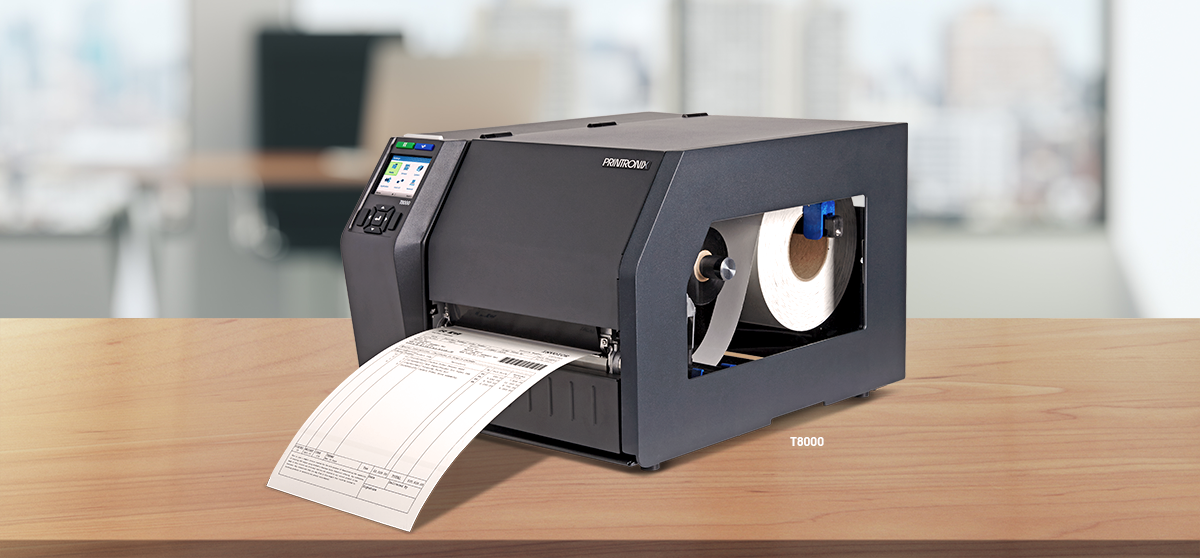
PostScript/PDF (Portable Document Format) has rapidly gained acceptance in the global marketplace as the standard file format for document printing. The integration of PostScript/PDF printing into TSC Printronix Auto ID thermal printers provides greater flexibility, eliminating the need for customized middleware.
Some competitive barcode printers offer no direct way to print PostScript/PDF nor can your PostScript/PDF files be converted to their native printer language. This is due to the fundamental difference in the way the printers are designed to process the printer language emulations.
Our printers enabled with Printronix System Architecture (PSA) were the first in the thermal printer industry to offer PostScript/PDF support that easily integrates into existing operating systems with support for up to 35 different scalable fonts. Our PostScript/PDF printers support both 203 and 300 dpi printing applications and offer plug-and-play compatibility with the latest ERP and native SAP drivers. In today’s competitive economic environment, eliminating the complexity and simplifying the barcode printing process is critical for the survival of any business.
In today’s blog, we’ll cover more about the benefits of printing PostScript/PDF with our thermal barcode printers.
Benefits of Printing PostScript/PDF with Our Thermal Barcode Printers
Here are 5 reasons you should make the switch to our enterprise-grade PostScript/PDF thermal barcode printers:
- Seamless Integration: PostScript/PDF is a de-facto laser printing industry standard that runs on a wide range of operating systems such as Microsoft, macOS, Linux, and others. It is independent of any application software that ensures easy plug-n-play integration without downtime.
- Flexibility: Our enterprise thermal printers with PostScript and PDF come pre-loaded with 35 different fonts. There is no need to add additional middleware or interfaces for character substitutions. Your barcode will print correctly, with the highest print quality and optimal throughput.
- Reliability and Performance: Printing labels on laser printers is unreliable and time consuming. The speed of a typical laser printer when printing label stock paper may decrease by more than 60%! For example, a 40 page per minute (PPM) laser printer, when printing label stock through the bypass tray will slow to only 16 PPM. In addition, because of the glue on the label stock paper, the printer is more prone to paper jams.
- Serviceability: Laser printers are NOT engineered to print on label stock. Laser printers generally print label stock in a limited quantity, feeding through the bypass tray that is not always reliable. Also, printing through a laser printer with a fuser that applies heat and pressure is a recipe for paper jams, and can result in the printer fuser unit and paper rollers needing replacement more frequently.
- Total Cost of Ownership: Protecting the bottom line is critical for a business to survive in today’s competitive world. The cost of printing is quite often overlooked and can drain precious profit margin. Thermal printing technology continues to offer the lowest cost per print for labels in the industry. The cost of consumables and service maintenance are far less than that of laser technology, offering superior reliability and better image print quality.
There are many other advantages of thermal printers over laser and inkjet printers, such as eliminating warm-up time, their ability to operate reliably in harsh environments, and no periodic cleaning and/or calibration requirements.
Extensive Benefits of Thermal Printers
As you can see, our thermal label printers offer a wide range of benefits to enhance your business and preserve your bottom line. And replacing laser and inkjet printers with thermal barcode printers offers additional value including everything from extended printer life to rugged designs, all the way to working with a wider variety of media.
To explore which of our PostScript/PDF printers are best for your application, schedule a free consultation with one of our printer experts.

